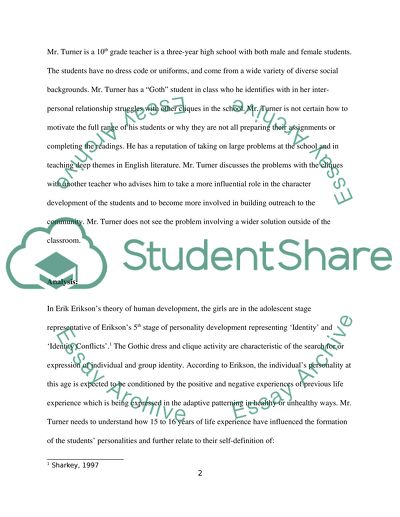Cite this document
(“Case Study Paper also referred to as the Applied Learning Theory Paper”, n.d.)
Retrieved from https://studentshare.org/geography/1419984-case-study-paper-also-referred-to-as-the-applied
Retrieved from https://studentshare.org/geography/1419984-case-study-paper-also-referred-to-as-the-applied
(Case Study Paper Also Referred to As the Applied Learning Theory Paper)
https://studentshare.org/geography/1419984-case-study-paper-also-referred-to-as-the-applied.
https://studentshare.org/geography/1419984-case-study-paper-also-referred-to-as-the-applied.
“Case Study Paper Also Referred to As the Applied Learning Theory Paper”, n.d. https://studentshare.org/geography/1419984-case-study-paper-also-referred-to-as-the-applied.


